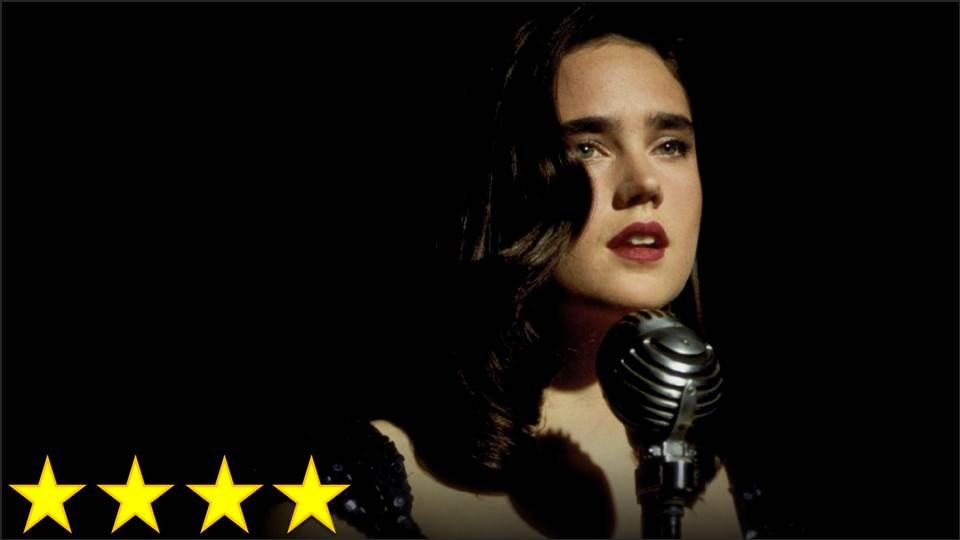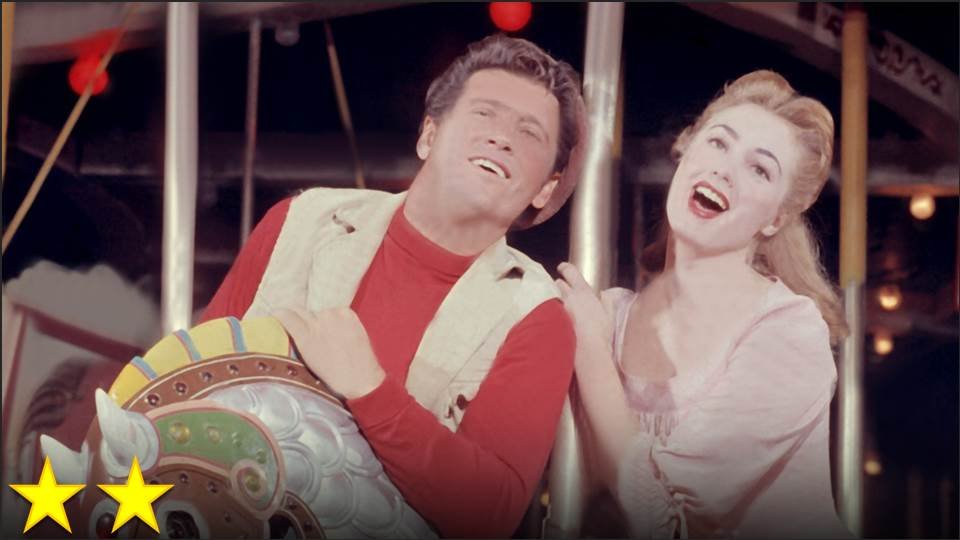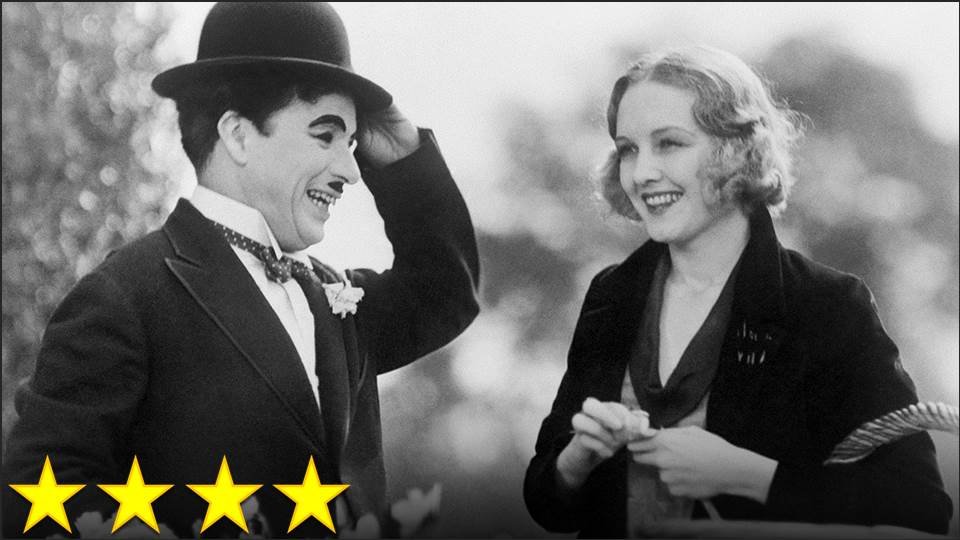READ THIS REVIEW BEFORE SEEING THE FILM
For what it’s worth, I really tried to watch this movie the right way. I had been warned that the film has an opening voiceover (added by the studio due to concerns that humans are stupid) which gives away many of the biggest surprises, reveals, and twists. So, I did my filmic duty and muted everything up until the opening titles, which is what everyone who sees it ought to do. Unfortunately, I forgot that I had the closed captions turned on, so I still had something important spoiled for me, but it wasn’t much more than had already been spoiled by the guy who had informed me about the voiceover in the first place. I think the best way to avoid this issue is to just watch the director’s cut, which does not spoil itself at the start and remains more true to what the film was meant to be. I eagerly look forward to watching the director’s cut for myself, if only because, in spite of its problems, I actually greatly enjoy this movie – so much so that I started watching it again from the beginning almost immediately after it ended. No matter how many times the movie explains itself (and it is a lot), it manages to stay surprising and interesting, holding my attention from start to finish.
One of the things that makes it so captivating is the editing, which is incredibly fast. When I started watching the movie from the beginning for a second time, it felt normal to me, but during my initial viewing, it threw me off with its rather awkward speed and tight transitions, throwing out so much of the space to catch one’s breath between cuts/scenes that other films offer. It’s obviously visually outstanding – that’s arguably the point of the film – but I think there’s more to it than that. Yes, it’s about getting lost in another world and exploring a strange, anxiety-inducing place, but it also makes an argument for how the human mind/soul works, and it makes it well. Its story may be nothing remarkable, but that doesn’t matter – It’s still one of the most thrilling films I’ve ever seen. If not for the film’s inability to keep its mouth shut and let me figure it out for myself, and if not for the film’s disinterest in making me feel emotion, I would be hailing it as practically perfect and as one of the all-time greatest movies ever made.





